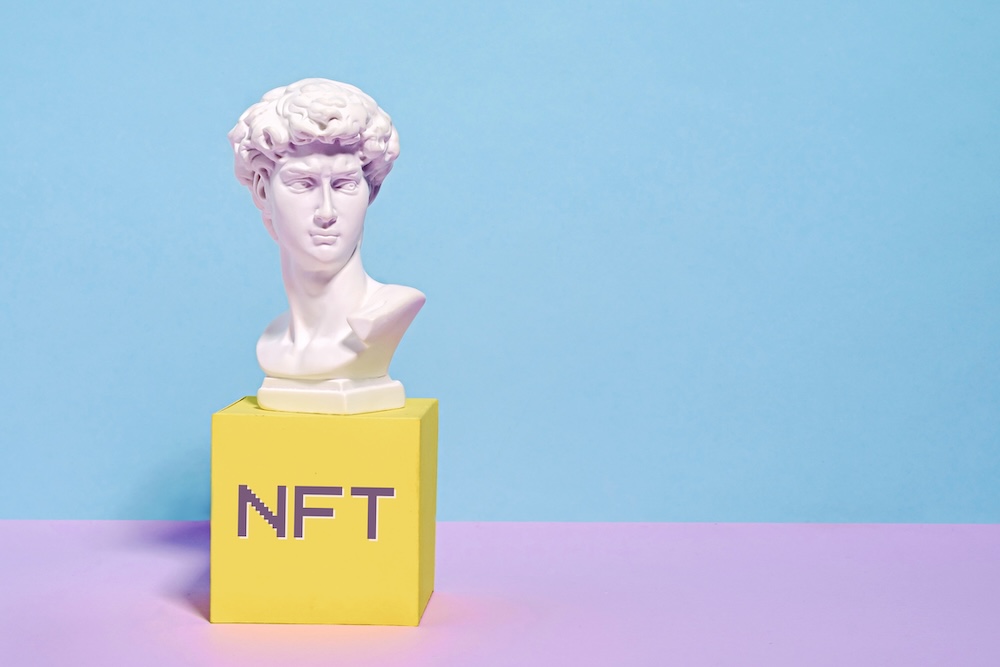What Are NFTs and Why Are They Popular?
Non-Fungible Tokens (NFTs) have redefined the concept of digital ownership. Built on blockchain technology, NFTs are unique digital assets that can represent art, music, collectibles, videos, or even virtual real estate. Unlike cryptocurrencies such as Bitcoin, each NFT is one-of-a-kind, making it ideal for verifying authenticity and ownership in the digital space.
For artists, musicians, and creators, NFTs open up new possibilities for income and visibility. Buyers gain exclusive rights to digital creations, often seen as modern-day collectibles. However, behind the buzz lies a growing debate: what is the environmental cost of NFTs?
The Carbon Footprint of NFTs
Energy Consumption of Blockchain Networks
NFTs rely heavily on blockchain transactions, which require significant computing power. Each NFT minted, bought, or sold goes through verification on a blockchain network. This process consumes vast amounts of energy, making NFTs far from environmentally neutral.
Ethereum’s Role in NFT Growth
Most NFTs are traded on Ethereum, a leading blockchain platform. Historically, Ethereum used a Proof of Work (PoW) consensus mechanism, which required miners to solve complex mathematical problems using powerful computers. This process consumed large amounts of electricity, contributing to the carbon footprint of NFT marketplaces.
While Ethereum has transitioned to Proof of Stake (PoS) — a much more energy-efficient system — the environmental impact of earlier years, as well as other PoW-based platforms, remains significant.
Cryptocurrency Mining and Climate Concerns
NFTs are tied to the broader cryptocurrency ecosystem. Mining, whether for Bitcoin or older Ethereum models, is notoriously energy-intensive. In regions where fossil fuels still dominate the energy mix, this process contributes heavily to greenhouse gas emissions and accelerates climate change.
Beyond Energy: E-Waste and Digital Ownership
The environmental impact of NFTs goes beyond electricity use.
- Device Lifespan: The demand for high-performance computing drives faster turnover of hardware, contributing to electronic waste (e-waste).
- Server Infrastructure: NFT marketplaces require continuous server maintenance and storage, consuming additional energy and materials.
- Consumer Devices: Artists and collectors often upgrade computers, graphics cards, or storage systems more frequently, indirectly fueling resource depletion.
Addressing these challenges requires a circular approach, including responsible recycling programs, extended device lifespan, and e-waste reduction initiatives.
Sustainable Alternatives and Solutions
Renewable Energy for Blockchain
Transitioning blockchain operations to renewable energy sources can significantly reduce emissions. Solar, wind, and hydro-powered mining operations are being explored as cleaner alternatives to fossil fuel-driven energy. Some blockchain projects are even purchasing carbon credits to offset their footprints.
Energy-Efficient Consensus Mechanisms
Innovations in blockchain consensus models, such as Proof of Stake and layer-2 scaling solutions, are reducing energy demand. These systems maintain security while cutting down the energy needed for transactions.
Eco-Friendly NFT Platforms
A number of platforms are emerging with sustainability in mind:
- Tezos – Uses a PoS system that consumes far less energy compared to Ethereum’s old PoW.
- Polygon – Provides a scalable, energy-efficient alternative to Ethereum, with carbon-neutral goals.
- Carbon-based marketplaces – Platforms such as Carbon and Aerial tie NFTs to carbon offsetting programs, directly funding environmental initiatives.
NFTs and the Digital Art Industry
The digital art world has embraced NFTs, creating new markets for artists. However, this boom also raises concerns:
- High energy costs per artwork minted can outweigh the carbon footprint of traditional art creation.
- Consumer demand for NFTs drives more transactions, increasing energy use across marketplaces.
- Awareness gap: Many artists and collectors remain unaware of the environmental implications of minting or purchasing NFTs.
To create balance, artists and buyers can prioritize eco-friendly NFT platforms, support renewable energy initiatives, and offset emissions associated with their transactions.
The Path Toward Greener Digital Ownership
The Role of Companies and Collectors
Companies in the blockchain and NFT industries are beginning to recognize their responsibility:
- Artists can choose platforms with lower energy demands.
- Marketplaces can adopt carbon offset programs and transparency around energy use.
- Collectors can support creators who align with eco-conscious values.
Circular Economy Principles
In addition to greener blockchains, the hardware side of NFTs should not be overlooked. Embracing a circular economy approach means:
- Repairing and extending the lifespan of computers and devices.
- Recycling e-waste through certified programs.
- Encouraging hardware manufacturers to design with sustainability in mind.
Conclusion: Making NFTs More Sustainable
NFTs represent an exciting future for art, media, and digital ownership, but their rise has come with environmental costs. From high energy consumption and greenhouse gas emissions to growing e-waste challenges, the NFT ecosystem must adapt to remain sustainable.
The good news is that solutions are emerging: renewable energy adoption, energy-efficient blockchain designs, eco-friendly NFT platforms, and circular economy approaches to hardware use. Artists, companies, and collectors all play a part in shaping a greener NFT industry.
By recognizing the environmental consequences of NFTs and embracing sustainable practices, we can ensure that the digital ownership revolution aligns with the fight against climate change.









Reader Interactions